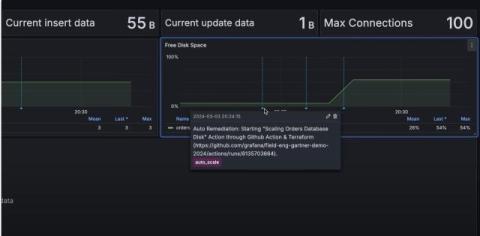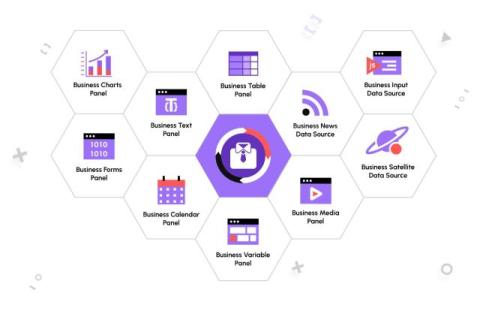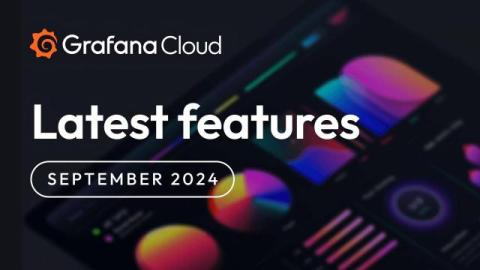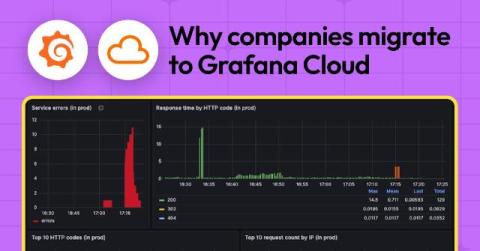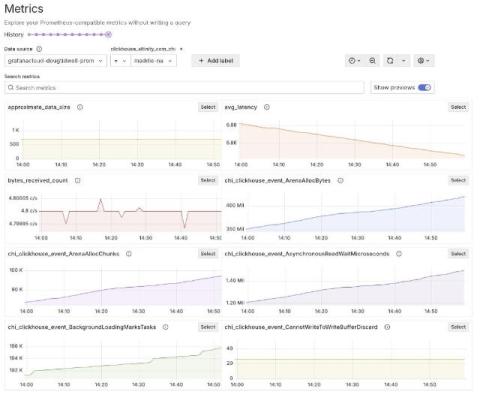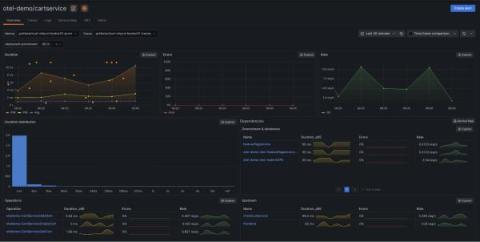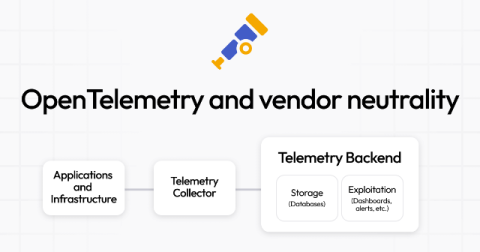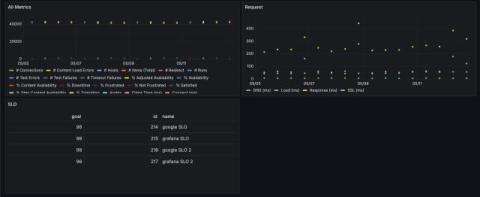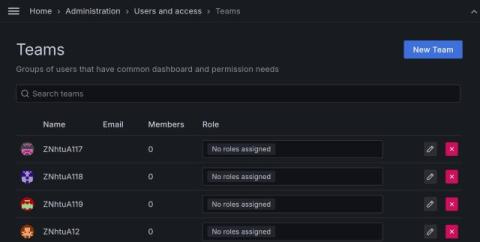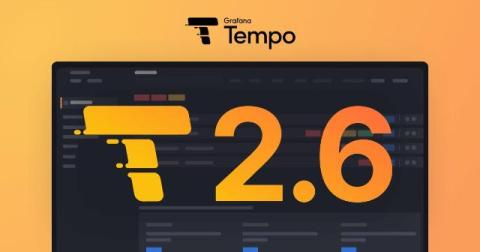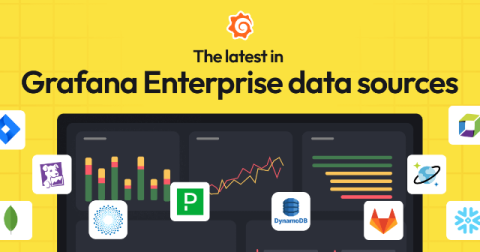How to build automatic remediation workflows in Grafana Cloud
When incidents occur, engineers must jump into action to get systems back to running at peak performance. However, there are a myriad of challenges that can prevent them from resolving the issues swiftly. Imagine a scenario where a team of DevOps engineers manages a cloud-based e-commerce platform that experiences occasional spikes in traffic during peak shopping seasons. During one of those major sales events, the team notices a sharp spike in CPU usage across several critical application servers.


